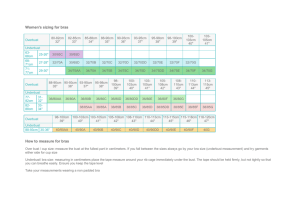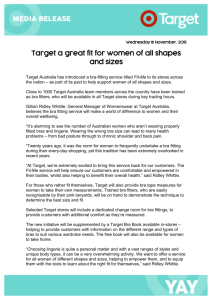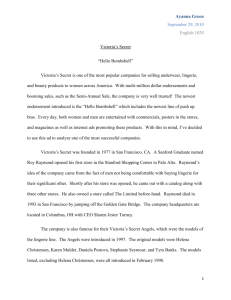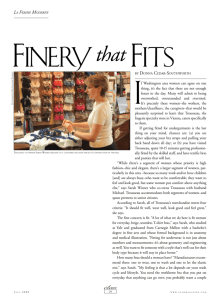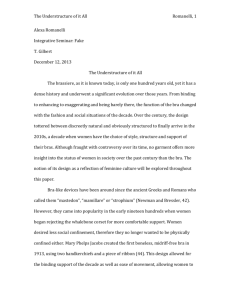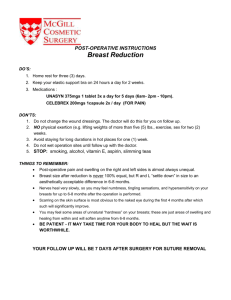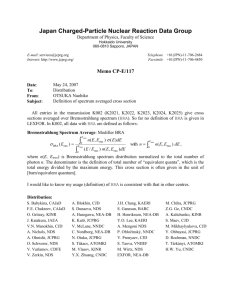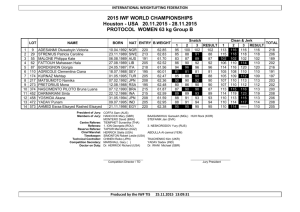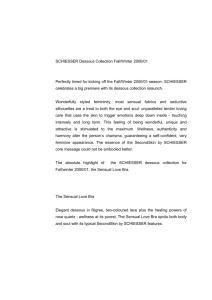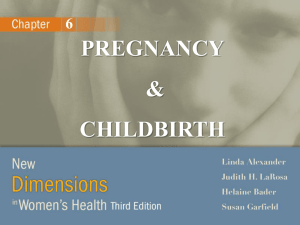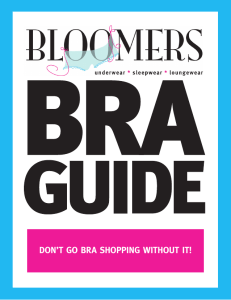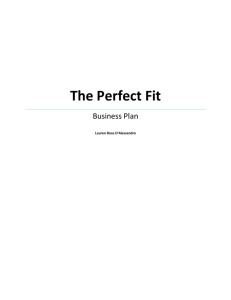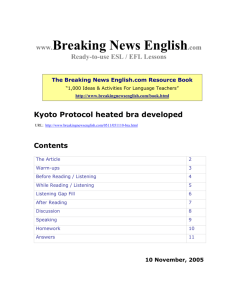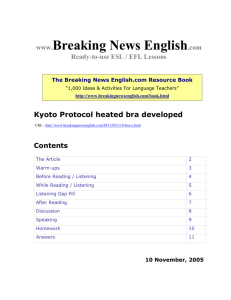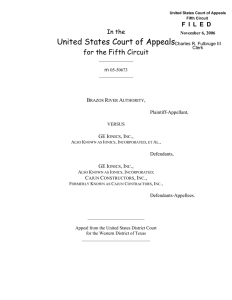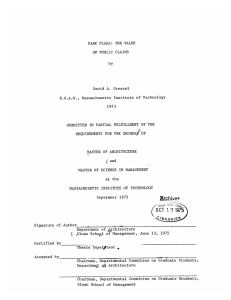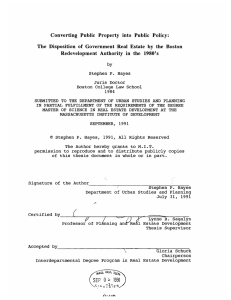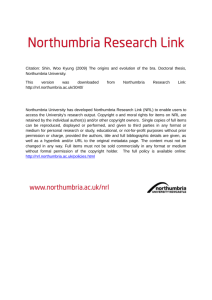Maternity/Nursing ()
advertisement
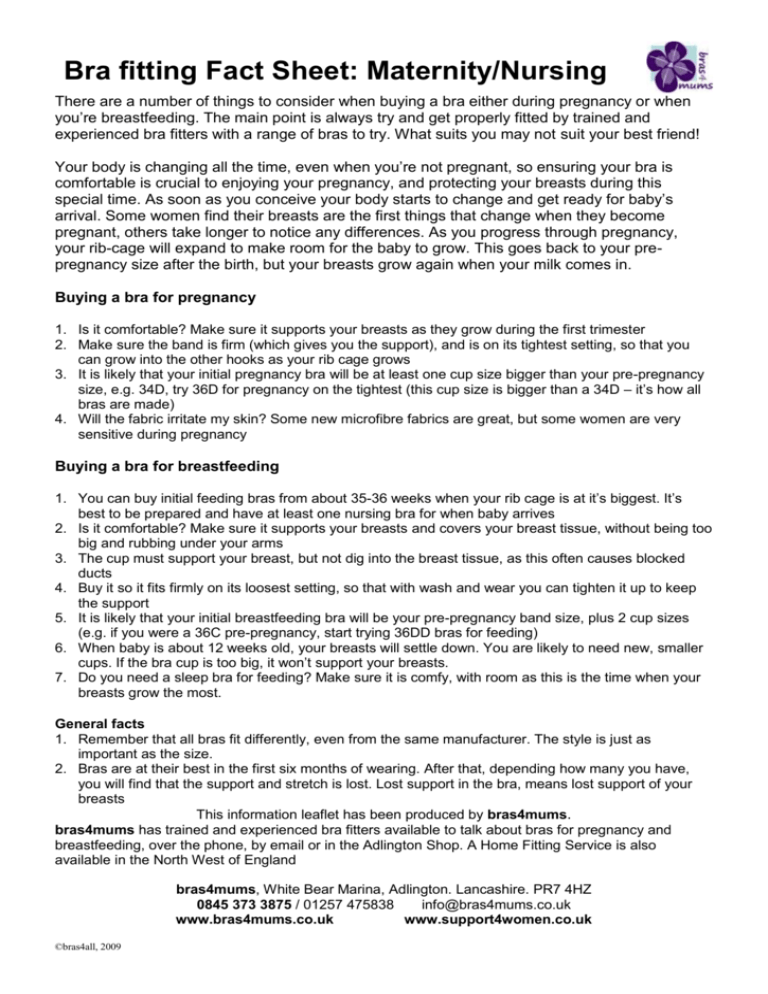
Bra fitting Fact Sheet: Maternity/Nursing There are a number of things to consider when buying a bra either during pregnancy or when you’re breastfeeding. The main point is always try and get properly fitted by trained and experienced bra fitters with a range of bras to try. What suits you may not suit your best friend! Your body is changing all the time, even when you’re not pregnant, so ensuring your bra is comfortable is crucial to enjoying your pregnancy, and protecting your breasts during this special time. As soon as you conceive your body starts to change and get ready for baby’s arrival. Some women find their breasts are the first things that change when they become pregnant, others take longer to notice any differences. As you progress through pregnancy, your rib-cage will expand to make room for the baby to grow. This goes back to your prepregnancy size after the birth, but your breasts grow again when your milk comes in. Buying a bra for pregnancy 1. Is it comfortable? Make sure it supports your breasts as they grow during the first trimester 2. Make sure the band is firm (which gives you the support), and is on its tightest setting, so that you can grow into the other hooks as your rib cage grows 3. It is likely that your initial pregnancy bra will be at least one cup size bigger than your pre-pregnancy size, e.g. 34D, try 36D for pregnancy on the tightest (this cup size is bigger than a 34D – it’s how all bras are made) 4. Will the fabric irritate my skin? Some new microfibre fabrics are great, but some women are very sensitive during pregnancy Buying a bra for breastfeeding 1. You can buy initial feeding bras from about 35-36 weeks when your rib cage is at it’s biggest. It’s best to be prepared and have at least one nursing bra for when baby arrives 2. Is it comfortable? Make sure it supports your breasts and covers your breast tissue, without being too big and rubbing under your arms 3. The cup must support your breast, but not dig into the breast tissue, as this often causes blocked ducts 4. Buy it so it fits firmly on its loosest setting, so that with wash and wear you can tighten it up to keep the support 5. It is likely that your initial breastfeeding bra will be your pre-pregnancy band size, plus 2 cup sizes (e.g. if you were a 36C pre-pregnancy, start trying 36DD bras for feeding) 6. When baby is about 12 weeks old, your breasts will settle down. You are likely to need new, smaller cups. If the bra cup is too big, it won’t support your breasts. 7. Do you need a sleep bra for feeding? Make sure it is comfy, with room as this is the time when your breasts grow the most. General facts 1. Remember that all bras fit differently, even from the same manufacturer. The style is just as important as the size. 2. Bras are at their best in the first six months of wearing. After that, depending how many you have, you will find that the support and stretch is lost. Lost support in the bra, means lost support of your breasts This information leaflet has been produced by bras4mums. bras4mums has trained and experienced bra fitters available to talk about bras for pregnancy and breastfeeding, over the phone, by email or in the Adlington Shop. A Home Fitting Service is also available in the North West of England bras4mums, White Bear Marina, Adlington. Lancashire. PR7 4HZ 0845 373 3875 / 01257 475838 info@bras4mums.co.uk www.bras4mums.co.uk www.support4women.co.uk ©bras4all, 2009
